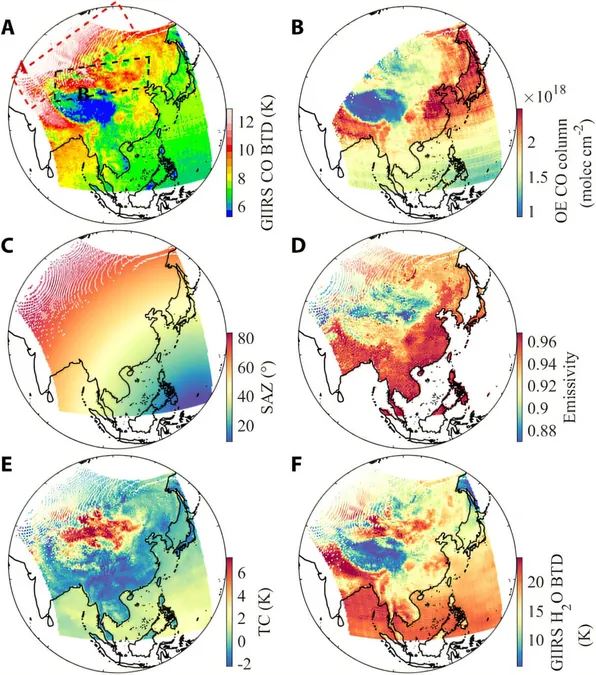
Revolutionary AI Technique Transforms Carbon Monoxide Detection from Space
2024-12-02
Author: Emily
In a groundbreaking development, researchers have introduced an innovative, machine learning-based method for quickly retrieving carbon monoxide (CO) levels via the advanced hyperspectral Geostationary Interferometric Infrared Sounder (GIIRS) on the Fengyun-4B (FY-4B) satellite. This technique promises to enhance our understanding of air quality and pollutant movement across East Asia.
The FY-4B satellite, equipped with the GIIRS, conducts scans of East Asia every two hours, both during the day and at night. By capturing vital radiative data, it reveals critical information about atmospheric temperature, humidity, and various reactive trace gases, including carbon monoxide—a notorious contributor to air pollution. Due to the vast area covered and the intricate nature of the data being collected, immediately retrieving atmospheric parameters has posed a significant challenge until now.
Published on November 1, 2024, in the Journal of Remote Sensing, the study reveals the reliability of using an efficient machine learning approach over traditional methods. The team employed a radiative transfer model to train the machine learning model, allowing it to translate CO spectral features garnered from GIIRS measurements into precise concentration columns. Notably, the model also estimates uncertainties based on error propagation theory, enhancing the reliability of the retrieval process.
Dr. Dasa Gu, the prominent researcher leading this project, remarked, "Our findings indicate that machine learning methods can yield reliable carbon monoxide measurements without the time-consuming iterative calculations usually needed in traditional retrieval systems." Nonetheless, he pointed out that understanding the instrument sensitivity of the machine learning results remains a critical factor that needs addressing before these techniques can be operationally deployed.
The implications of this research extend beyond air quality monitoring; it could redefine how we approach environmental policy and public health strategies by providing timely and accurate data on pollutant transport. As air pollution continues to be a pressing global concern, the adoption of such advanced techniques could pave the way for more effective management and mitigation strategies, directly impacting the health of millions.
Stay tuned as researchers continue to refine this technology and unravel the secrets of our atmosphere from the edge of space!









 Brasil (PT)
Brasil (PT)
 Canada (EN)
Canada (EN)
 Chile (ES)
Chile (ES)
 Česko (CS)
Česko (CS)
 대한민국 (KO)
대한민국 (KO)
 España (ES)
España (ES)
 France (FR)
France (FR)
 Hong Kong (EN)
Hong Kong (EN)
 Italia (IT)
Italia (IT)
 日本 (JA)
日本 (JA)
 Magyarország (HU)
Magyarország (HU)
 Norge (NO)
Norge (NO)
 Polska (PL)
Polska (PL)
 Schweiz (DE)
Schweiz (DE)
 Singapore (EN)
Singapore (EN)
 Sverige (SV)
Sverige (SV)
 Suomi (FI)
Suomi (FI)
 Türkiye (TR)
Türkiye (TR)
 الإمارات العربية المتحدة (AR)
الإمارات العربية المتحدة (AR)